Tris(2-ethylhexyl) phosphate
Synonym(s):‘Trioctyl’ phosphate;Phosphoric acid tris(2-ethylhexyl ester);Tris(2-ethylhexyl) phosphate
- CAS NO.:78-42-2
- Empirical Formula: C24H51O4P
- Molecular Weight: 434.63
- MDL number: MFCD00009491
- EINECS: 201-116-6
- SAFETY DATA SHEET (SDS)
- Update Date: 2025-10-29 10:02:07
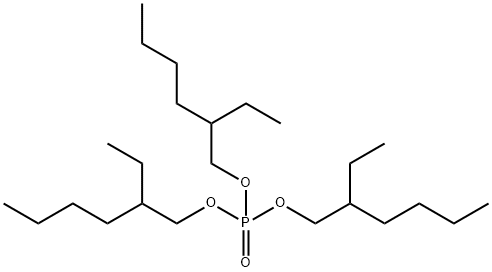
What is Tris(2-ethylhexyl) phosphate?
Chemical properties
Tris(2-ethylhexyl) phosphate, a clear, viscous liquid, is used as a component of vinyl stabilizers, grease additives, and flame-proofing compositions; however, it is used primarily as a plasticizer for vinyl plastic and synthetic rubber compounds.
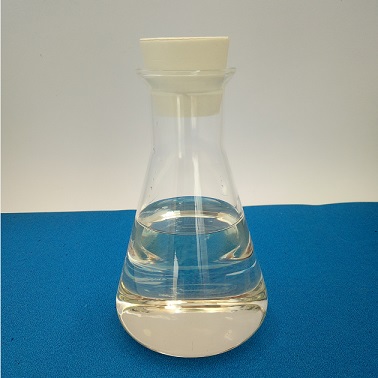
Tris(2-ethylhexyl) phosphate has been employed as a specialty flameretardant plasticizer for vinyl compositions where low temperature flexibility is critical, eg, in military tarpaulins. It can be included in blends with general purpose plasticizers such as phthalate esters to improve low temperature flexibility.
The Uses of Tris(2-ethylhexyl) phosphate
Solvent, antifoaming agent, plasticizer.
The Uses of Tris(2-ethylhexyl) phosphate
Tris(2-ethylhexyl) Phosphate is used as a phosphorous flame retardant. Used as a plasticizer in the preparation of a new potentiometric membrane sensor.
Definition
ChEBI: Tris(2-ethylhexyl) phosphate is a trialkyl phosphate.
General Description
Clear colorless to pale yellow liquid with a slight sharp odor. Insoluble in water; Soluble in alcohol, acetone, and ether. Combustible.
Reactivity Profile
Tris(2-ethylhexyl) phosphate is incompatible with oxidizing materials. Tris(2-ethylhexyl) phosphate may soften or deteriorate certain plastics and elastomers. Tris(2-ethylhexyl) phosphate is incompatible with cellulose acetate and cellulose acetate butyrate.
Hazard
Toxic by ingestion and inhalation.
Flammability and Explosibility
Not classified
Purification Methods
TEHP, in an equal volume of diethyl ether, is shaken with aqueous 5% HCl, and the organic phase is filtered to remove traces of pyridine (used as a solvent during manufacture) as its hydrochloride. This layer is shaken with aqueous Na2CO3, then water, and the ether is distilled off at room temperature. The ester is then filtered, dried for 12hours at 100o/15mm, and again filtered, then shaken intermittently for 2days with activated alumina (100g/L). It is decanted through a fine sintered-glass disc (with exclusion of moisture), and distilled under vacuum. [French & Muggleton J Chem Soc 5064 1957.] *Benzene can be used as a solvent (to give 0.4M solution) instead of ether. IR ( ): 1702, 1701, 481 and 478cm -1 [Bellamy & Becker J Chem Soc 475 1952]. The uranyl nitrate salt is purified by partial crystallisation from hexane [Siddall & Dukes J Am Chem Soc 81 790 1959, Siddall J Am Chem Soc 81 4176 1959]. [Beilstein 1 IV 1786.]
Properties of Tris(2-ethylhexyl) phosphate
| Melting point: | -70°C |
| Boiling point: | 215 °C4 mm Hg(lit.) |
| Density | 0.92 g/mL at 20 °C(lit.) |
| vapor pressure | 2.1 mm Hg ( 20 °C) |
| refractive index | n |
| Flash point: | >230 °F |
| storage temp. | Store below +30°C. |
| solubility | <0.001g/l |
| form | Liquid |
| color | Colourless |
| Specific Gravity | 0.93 |
| PH | 7 (H2O, 20℃) |
| Water Solubility | <0.1 g/100 mL at 18 ºC |
| BRN | 1715839 |
| CAS DataBase Reference | 78-42-2(CAS DataBase Reference) |
| NIST Chemistry Reference | 2-Ethylhexanol phosphate (3:1)(78-42-2) |
| EPA Substance Registry System | Tris(2-ethylhexyl) phosphate (78-42-2) |
Safety information for Tris(2-ethylhexyl) phosphate
| Signal word | Warning |
| Pictogram(s) |
 Exclamation Mark Irritant GHS07 |
| GHS Hazard Statements |
H315:Skin corrosion/irritation |
| Precautionary Statement Codes |
P264:Wash hands thoroughly after handling. P264:Wash skin thouroughly after handling. P280:Wear protective gloves/protective clothing/eye protection/face protection. P302+P352:IF ON SKIN: wash with plenty of soap and water. P332+P313:IF SKIN irritation occurs: Get medical advice/attention. |
Computed Descriptors for Tris(2-ethylhexyl) phosphate
New Products
4,4-Difluoropiperidine hydrochloride tert-butyl 9-methoxy-3-azaspiro[5.5]undecane-3-carboxylate Indole Methyl Resin N-Isopropylurea N,N-Dicyclohexylcarbodiimide(DCC) MELDRUMS ACID 5-METHYLISOXAZOLE-4-CARBOXYLIC ACID Magnessium Bis glycinate Zinc ascorbate 1-bromo-2-butyne 2-acetamidophenol 9(10H)-anthracenone Erythrosin B, 4-Piperidinopiperidine 2-((4-morpholinophenylamino) (methylthio) methylene) malononitrile 2,4-dihydroxybenzaldehyde 3-(4-morpholinophenylamino)-5-amino-1H-pyrazole-4-carbonitrile Methyl 2-methylquinoline-6-carboxylate 2,6-dichloro-4-nitropyridine 4-Bromo-2-chlorobenzonitrile 2-(benzylamino)acetic acid hydrochloride 4-(tert-Butoxycarbonylamino)but- 2-ynoic acid 3,4-dihydro-2H-benzo[b][1,4]dioxepine 1-Phenyl-1-cycloprppanecarboxylicacidRelated products of tetrahydrofuran


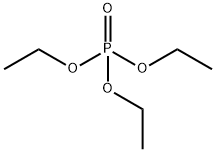
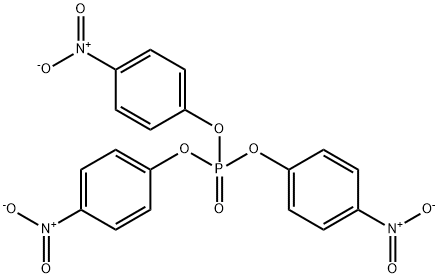
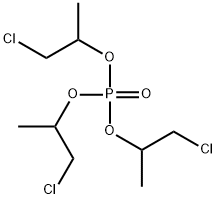
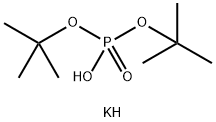

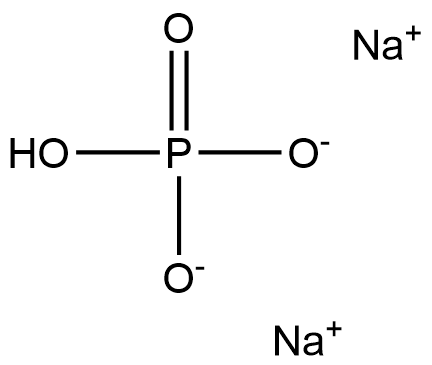
You may like
-
 Trioctyl phosphate CAS 78-42-2View Details
Trioctyl phosphate CAS 78-42-2View Details
78-42-2 -
 Trioctyl phosphate CAS 78-42-2View Details
Trioctyl phosphate CAS 78-42-2View Details
78-42-2 -
 Trioctyl phosphate CAS 78-42-2View Details
Trioctyl phosphate CAS 78-42-2View Details
78-42-2 -
 Trioctyl phosphate, 97% CAS 78-42-2View Details
Trioctyl phosphate, 97% CAS 78-42-2View Details
78-42-2 -
 Tris(2-ethylhexyl) Phosphate CAS 78-42-2View Details
Tris(2-ethylhexyl) Phosphate CAS 78-42-2View Details
78-42-2 -
 Tris(2-ethylhexyl) phosphate CAS 78-42-2View Details
Tris(2-ethylhexyl) phosphate CAS 78-42-2View Details
78-42-2 -
 Tris(2-ethylhexyl) phosphate CAS 78-42-2View Details
Tris(2-ethylhexyl) phosphate CAS 78-42-2View Details
78-42-2 -
 Tris(2-ethylhexyl) phosphate CAS 78-42-2View Details
Tris(2-ethylhexyl) phosphate CAS 78-42-2View Details
78-42-2
